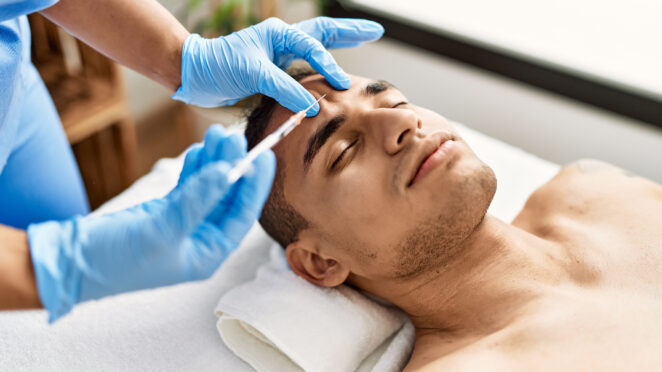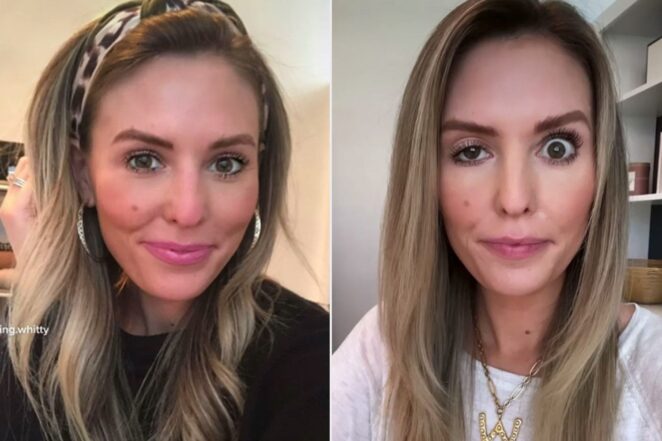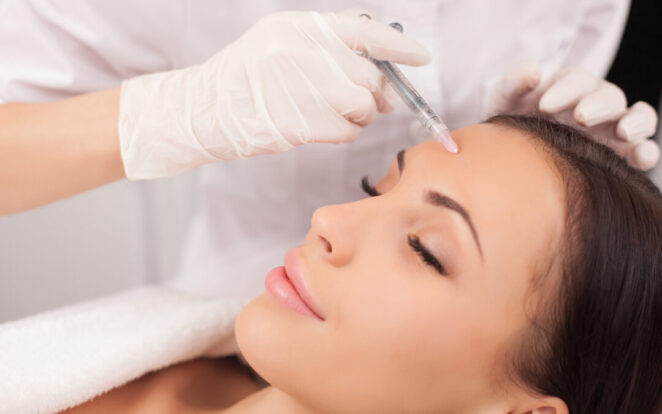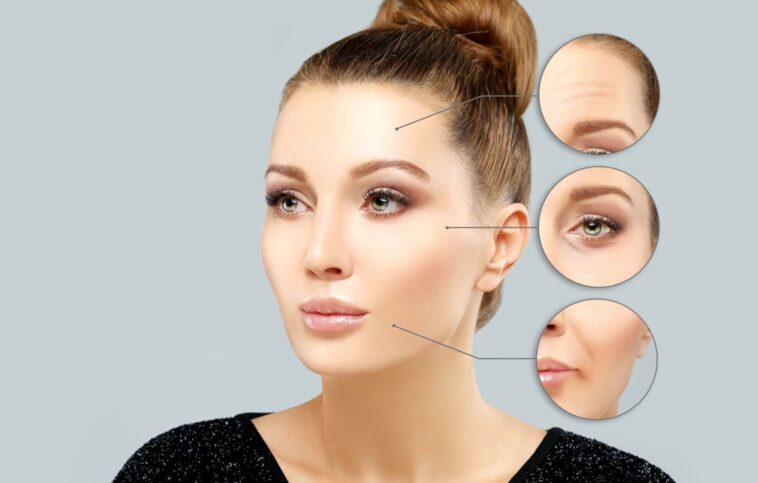As we age, our skin loses its elasticity, and wrinkles start to appear. Anti-wrinkle injections, commonly known as Botox, have become a popular treatment option for those looking to reduce the appearance of wrinkles. But have you ever wondered how Botox works? In this article, we will dive into the science behind anti-wrinkle injections and explore how Botox works to smooth out wrinkles.
What is Botox?
Botox is a neurotoxin produced by the bacteria Clostridium botulinum. It is a purified protein that is used in small doses to block nerve signals, causing muscle relaxation. It is most commonly used to treat wrinkles on the forehead, between the eyebrows, and around the eyes (crow’s feet).
How Botox Works
When it is injected into a muscle, it blocks the nerve signals that tell the muscle to contract. This causes the muscle to relax, which in turn reduces the appearance of wrinkles in the overlying skin. It specifically targets the muscles responsible for dynamic wrinkles, which are wrinkles that form as a result of repeated facial expressions, such as frowning or squinting.
Botox and Acetylcholine

Botox Belfast is a neurotoxin that works by blocking the release of acetylcholine, a neurotransmitter that is responsible for muscle contraction. Acetylcholine is released by nerve cells and binds to receptors on muscle cells, causing them to contract. When it is injected into a muscle, it prevents the release of acetylcholine, which stops the muscle from contracting.
How Acetylcholine Works
Acetylcholine is a neurotransmitter that is involved in many physiological processes, including muscle contraction, learning, and memory. When a nerve impulse reaches the end of a nerve fiber, it triggers the release of acetylcholine into the synapse, the gap between the nerve and the muscle. Acetylcholine then binds to receptors on the muscle cell, causing it to contract.
Botox Blocks Acetylcholine Release
It works by blocking the release of acetylcholine from the nerve into the synapse. This prevents the muscle from receiving the signal to contract, causing it to relax. By relaxing the muscle, it can reduce the appearance of wrinkles in the overlying skin.
Duration of Botox’s Effect on Acetylcholine
The effects on acetylcholine are temporary and typically last for three to six months. Over time, the nerve fibers regenerate, and acetylcholine is once again released into the synapse, causing the muscle to contract. This is why these treatments need to be repeated every few months to maintain the desired results.
Effectiveness
It is a popular and effective treatment for reducing the appearance of wrinkles, particularly on the forehead, between the eyebrows, and around the eyes (crow’s feet). The treatment involves injecting small amounts of the neurotoxin, produced by the bacteria Clostridium botulinum, into the targeted muscles, which blocks nerve signals and causes muscle relaxation. This in turn reduces the appearance of wrinkles in the overlying skin.
Clinical Trials
In clinical trials, it has been shown to be highly effective in reducing the severity of wrinkles, with results lasting anywhere from three to six months. According to the American Society of Plastic Surgeons, these injections are the most commonly performed minimally invasive cosmetic procedure in the United States. In one study, it was found to reduce the severity of wrinkles by up to 80 percent.
Long-Term Results
While the effects are temporary, with repeated treatments, the muscles responsible for dynamic wrinkles can be trained to stay relaxed, leading to longer-lasting results. Patients typically start to see the effects within a few days of the injection, with full results visible within a week or two. These treatments can be repeated every three to six months, depending on the individual and the severity of their wrinkles.
Customization of Treatment
The effectiveness of Botox can vary depending on the individual and their specific wrinkles. A skilled and experienced medical professional can customize the treatment to target the specific muscles responsible for a patient’s wrinkles and achieve the best possible results.
Side Effects of Botox

Botox is a relatively safe and effective treatment for reducing the appearance of wrinkles, but as with any medical treatment, it does come with some potential side effects. The most common side effects of injections include bruising, swelling, and redness at the injection site. These side effects are usually mild and resolve on their own within a few days.
Less Common Side Effects
In rare cases, patients may experience more serious side effects, such as muscle weakness, difficulty swallowing, or difficulty breathing. These side effects are usually the result of improper injection technique or excessive dosing of the neurotoxin. However, it is important to note that these side effects are extremely rare and occur in less than 1% of patients who receive Botox injections.
Allergic Reactions
Some patients may also experience an allergic reaction to it. Symptoms of an allergic reaction may include itching, rash, hives, or difficulty breathing. Patients who experience these symptoms should seek medical attention immediately.
Avoiding Side Effects
While Botox is a relatively safe treatment, it is important to take steps to minimize the risk of side effects. By following a few simple guidelines, patients can ensure a safe and effective Botox injection.
Choosing a Qualified Medical Professional
One of the most important steps in avoiding side effects is choosing a qualified and experienced medical professional to perform the injection. This ensures that the injection is performed in a sterile environment with proper injection techniques, minimizing the risk of infection and other complications.
Providing a Full Medical History
Patients should provide their medical professional with a full medical history, including any medications they are taking and any medical conditions they have. This allows the medical professional to determine whether Botox is a safe and appropriate treatment for the patient.
Avoiding Blood Thinners and Alcohol
Patients should avoid blood thinners, such as aspirin and ibuprofen, for at least 24 hours before the injection. Alcohol should also be avoided for several hours before the injection, as it can increase the risk of bruising and bleeding.
Following Post-Injection Instructions
After the injection, patients should follow any post-injection instructions provided by their medical professional. This may include avoiding strenuous exercise and avoiding touching or rubbing the injection site.

Conclusion
Botox is a safe and effective treatment for wrinkles, with a long history of use in the medical field. By blocking nerve signals and causing muscle relaxation, Botox can reduce the appearance of wrinkles and give patients a more youthful, refreshed appearance. If you’re considering Botox, be sure to choose a qualified and experienced medical professional to perform the procedure and discuss any potential risks or side effects beforehand.




